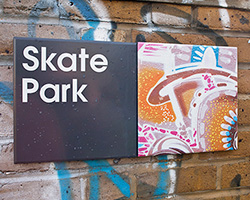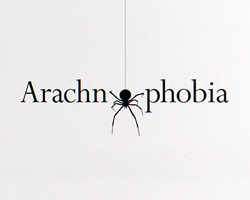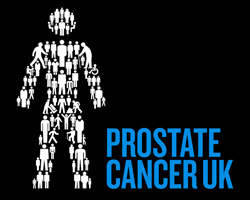KEEP UP WITH OUR DAILY AND WEEKLY NEWSLETTERS
happening now! in an exclusive interview with designbooom, CMP design studio reveals the backstory of woven chair griante — a collection that celebrates twenty years of Pedrali’s establishment of its wooden division.
uncover the colorful legacy of italy's iconic train, designed by gio ponti and giulio minoletti in the '50s.
connections: +110
unveiled as well at the italian pavilion in expo 2025 osaka, the design uses fuel coming from cooking oils and animal fats.
connections: +190
discover our guide to milan design week 2025, the week in the calendar where the design world converges on the italian city.
connections: 69
'there is no real, defined space, there’s just the reflection’ – designboom speaks with Hermès artistic directors charlotte macaux perelman and alexis fabry.
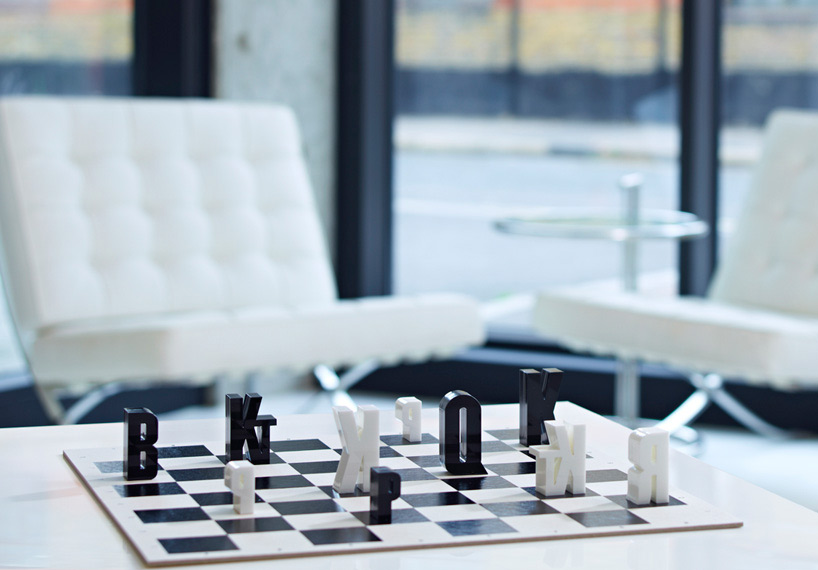
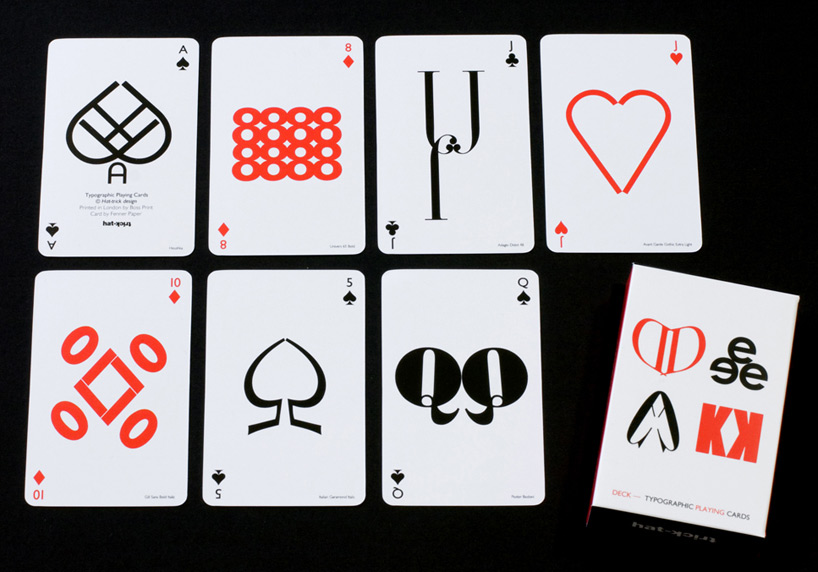 DECK – typographic playing cards
DECK – typographic playing cards 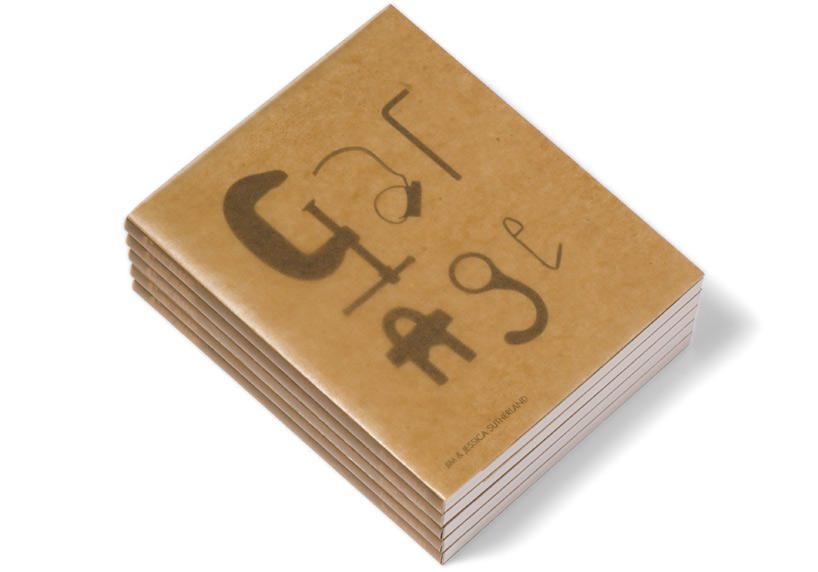 garage book – personal project
garage book – personal project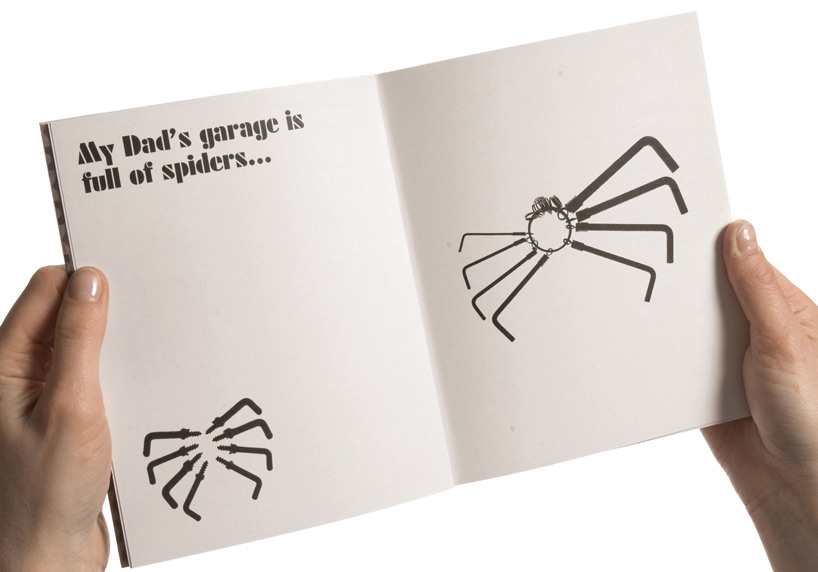
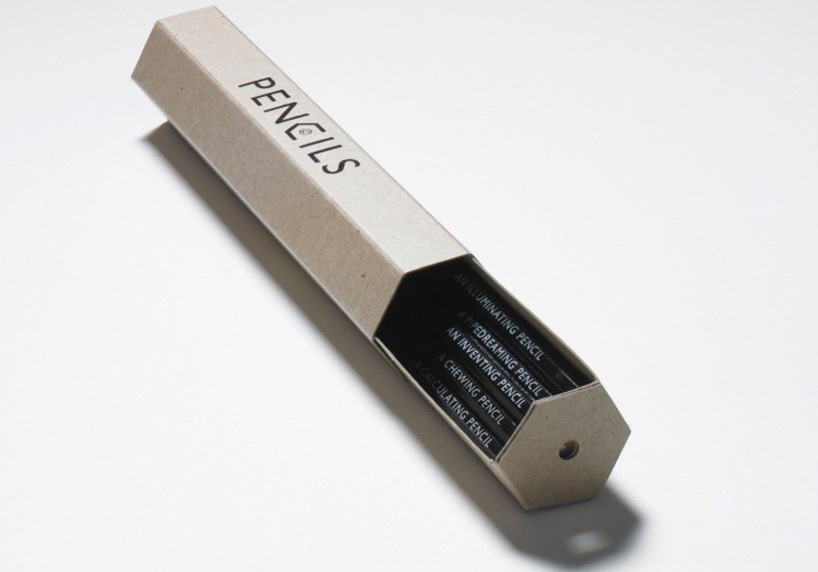 pencils set
pencils set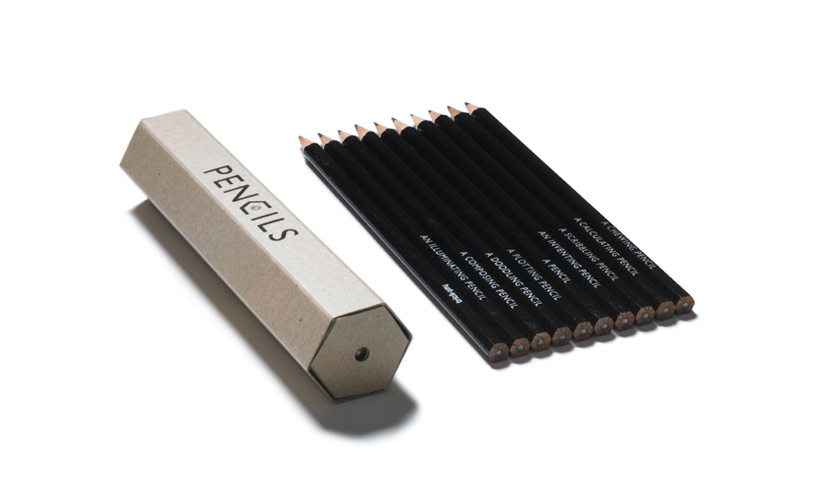
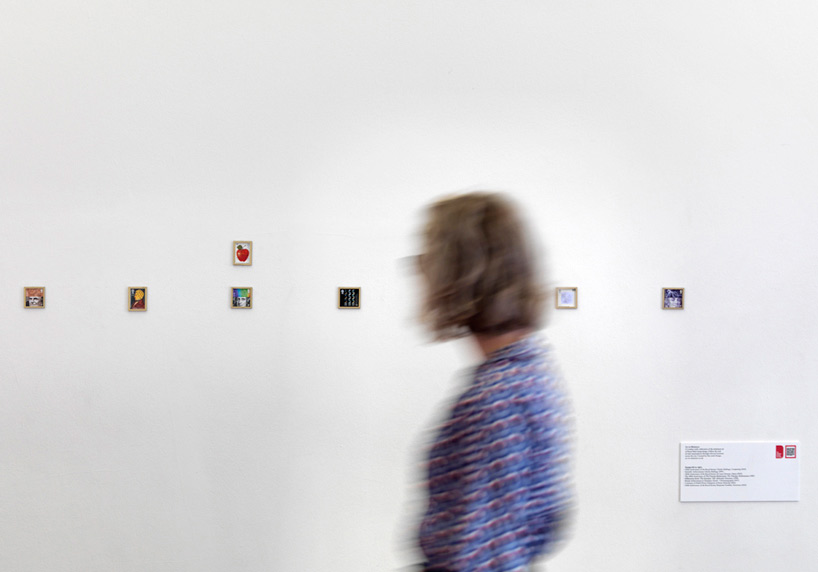 art in miniature – an exhibition of stamps around london as part of the london design festival
art in miniature – an exhibition of stamps around london as part of the london design festival art in miniature – framed postage stamps
art in miniature – framed postage stamps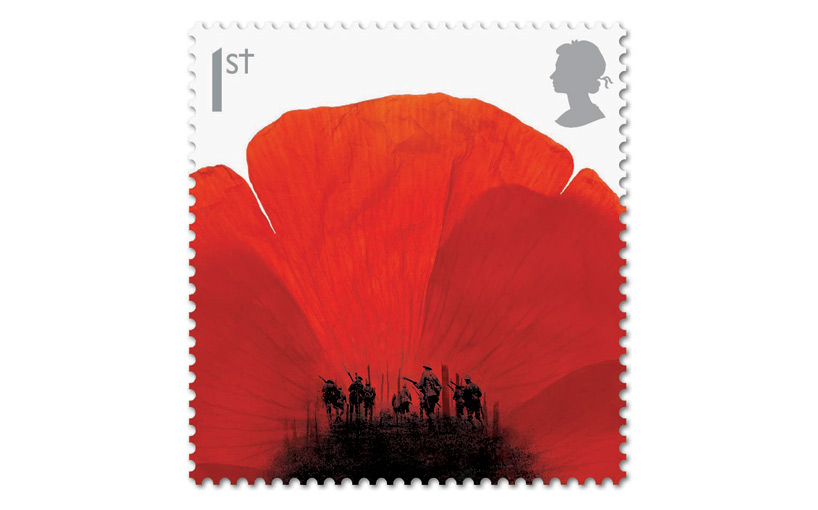 remembrance day postage stamp
remembrance day postage stamp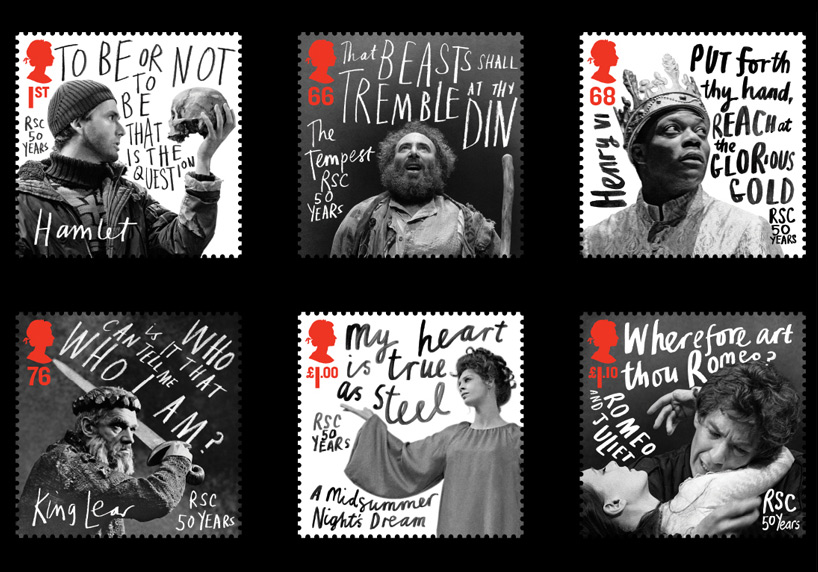 royal shakespeare company postage stamps
royal shakespeare company postage stamps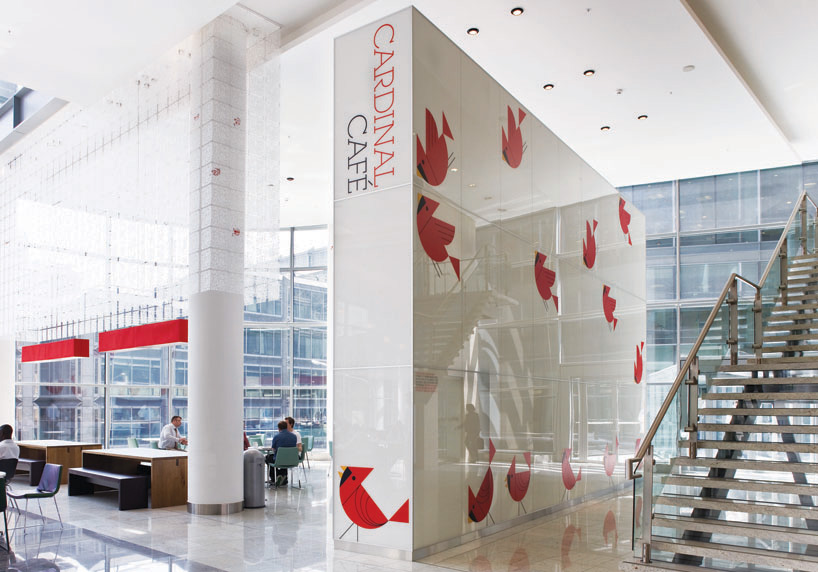 cardinal cafe brand identity and environmental graphics
cardinal cafe brand identity and environmental graphics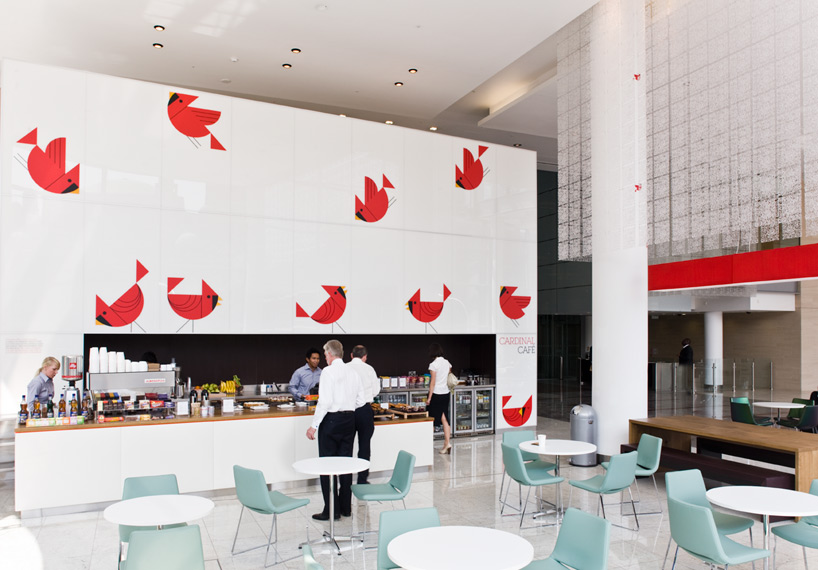
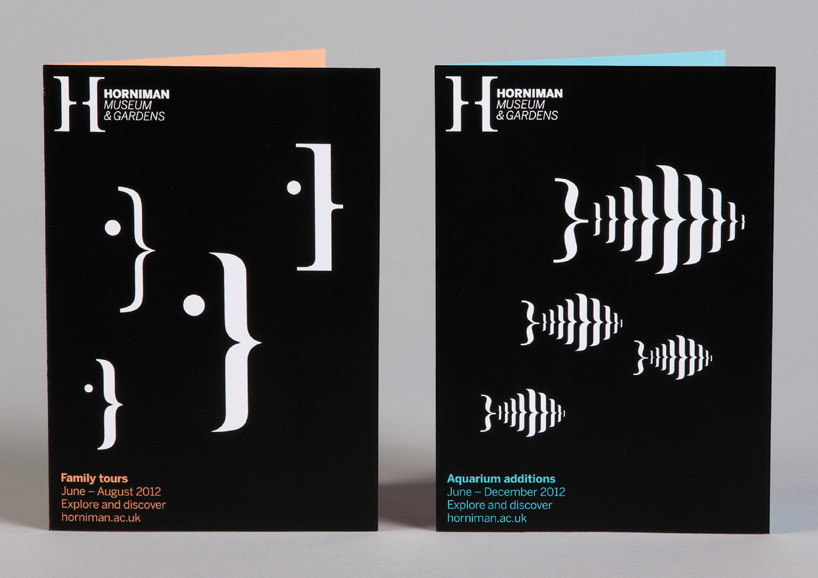 horniman museum brand identity – pamphlets
horniman museum brand identity – pamphlets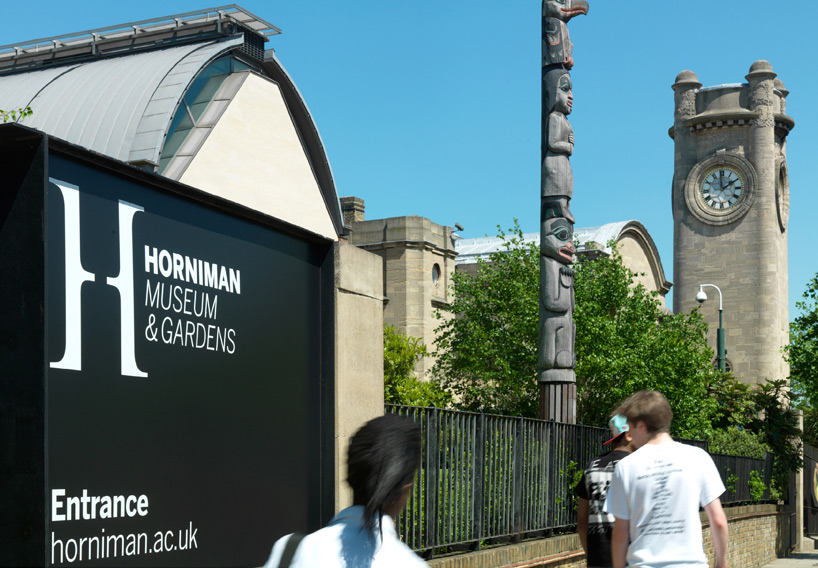 horniman museum brand identity – signage
horniman museum brand identity – signage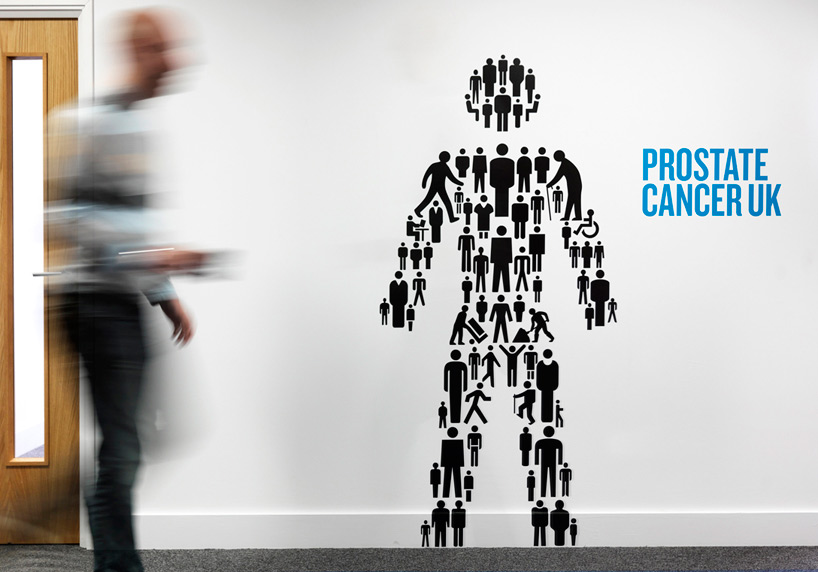 prostate cancer UK identity – office environmental graphics
prostate cancer UK identity – office environmental graphics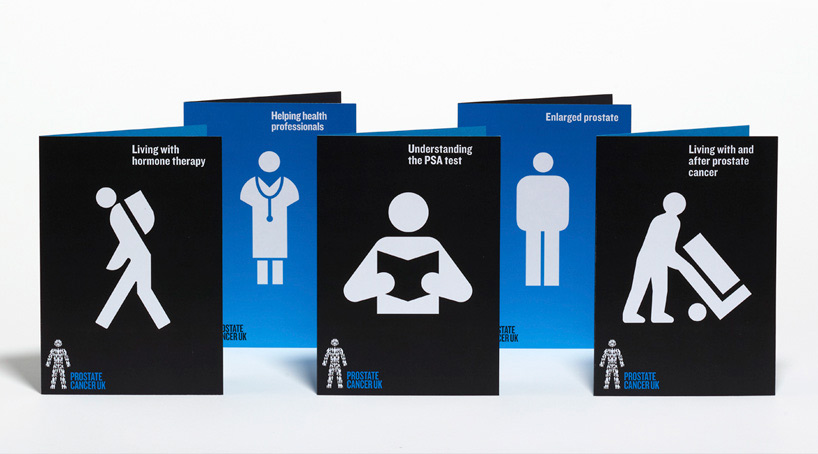 prostate cancer UK identity – pamphlets
prostate cancer UK identity – pamphlets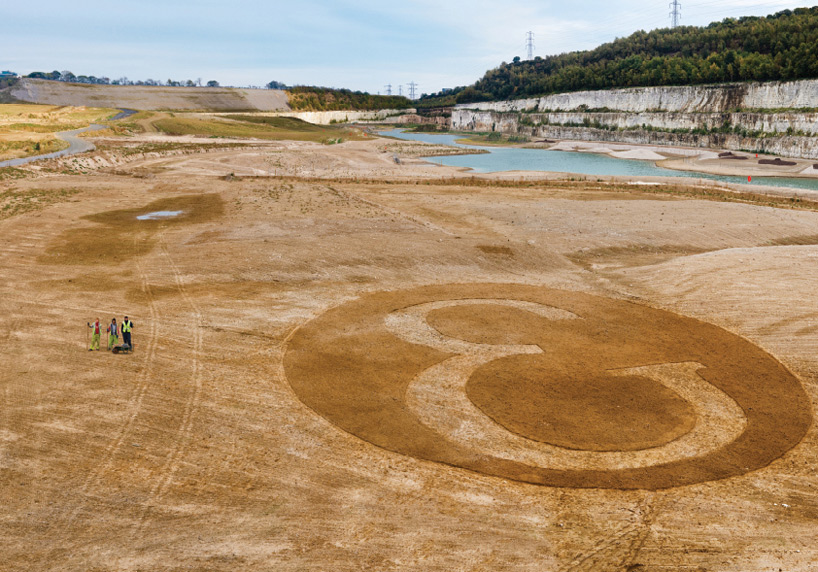 typographic landart for ebsfleet valley advertising campaign
typographic landart for ebsfleet valley advertising campaign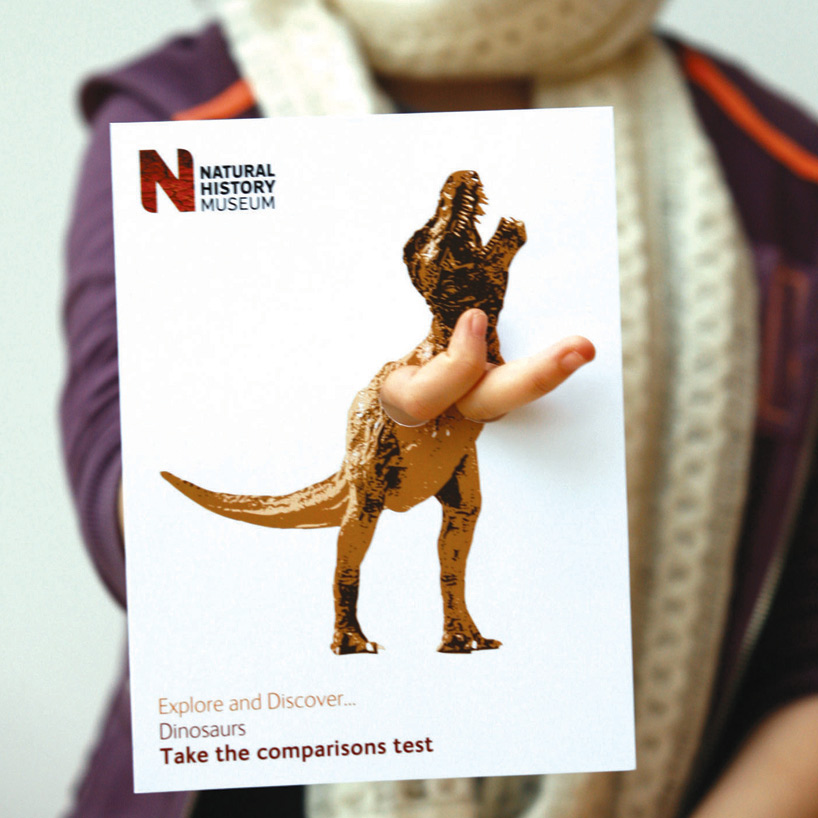 natural history museum – school guide
natural history museum – school guide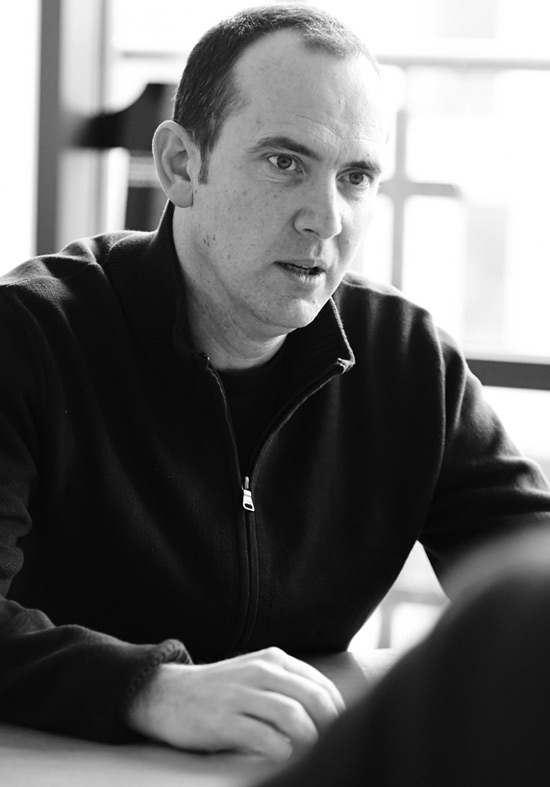 jim sutherland – creative director
jim sutherland – creative director






